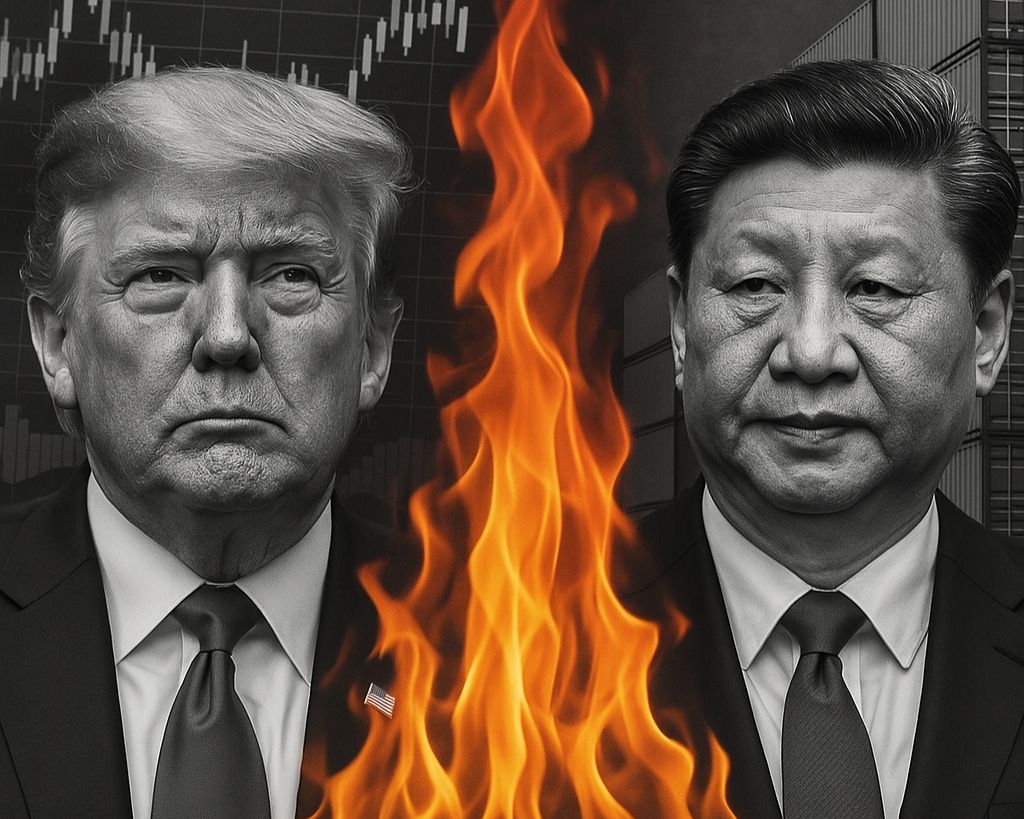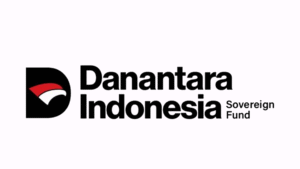Global markets breathed a sigh of relief as President Donald Trump unexpectedly rolled back planned tariff hikes on most countries, pausing escalations for 90 days—except for one: China.
The White House’s recalibrated approach spared dozens of US trading partners from severe import penalties, capping most at a flat 10% tariff. The move was seen as an olive branch to nations that chose not to retaliate. But in stark contrast, Chinese goods were slammed with a new 125% tariff, igniting fears of a deepening rift between the world’s two largest economies.
Just days earlier, Wall Street had endured a punishing sell-off, with analysts warning of inflation shocks and recession risks as universal tariffs loomed. Wednesday’s announcement helped reverse the panic. The S&P 500 soared 9.5%, while the Dow Jones posted its biggest intraday gain in months. Treasury yields had peaked earlier in the day at 4.5%, underscoring how sensitive markets had become to every policy move from Washington.
Trump framed the tariff pause as a reward for cooperation. “I did a 90-day pause for the people that didn’t retaliate,” he said, adding, “If you retaliate, we double it—that’s what we did with China.” The message was clear: allies could breathe, but Beijing would bear the brunt of Washington’s frustration.
Still, uncertainty looms. China responded in kind, raising its own tariffs to 84% and vowing not to yield under pressure. While investors welcomed a pause in global trade escalation, the threat of a prolonged US-China trade war continues to cast a shadow over corporate forecasts, especially for sectors heavily exposed to Chinese supply chains.
Trade experts warn that the current détente with US allies is fragile and temporary. With both Washington and Beijing digging in, long-term investment decisions remain in limbo. Multinational firms are now closely watching whether Trump’s gamble isolates China—or triggers further retaliation that could spill over into broader economic disruption.









